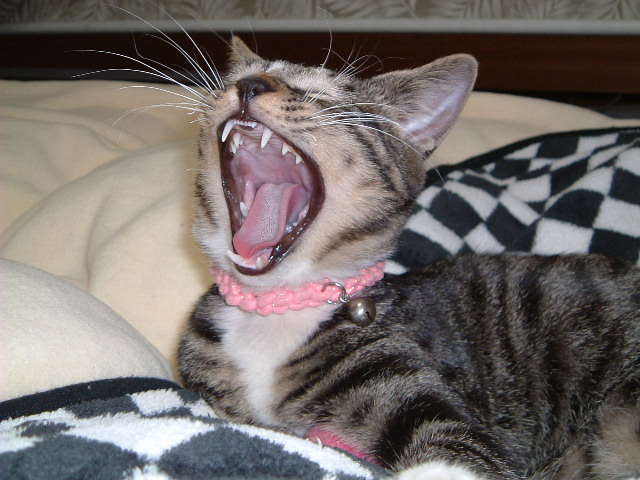There are very few studies published on temporomandibular joint (TMJ) disorders in cats and dogs. These disorders are often painful and debilitating, with a detrimental impact on quality of life. In humans, the most common cause of TMJ disorders is osteoarthritis, but less in known for cats and dogs. The standard diagnostic tool in humans is magnetic resonance imaging (MRI), but computed tomography (CT) remains an important tool for TMJ disorders in small animals.

In this study, the investigators evaluated CT findings in 41 dogs and 17 cats with TMJ disorders. Medical records and CT images of the skull were examined from a dentistry and oral surgery practice for a 5-year period. In the 17 cats with evidence of a TMJ disorder, a fracture of the condylar process of the mandible was the most common finding (9 cats). Osteoarthritis (8 cats), luxation (4 cats), ankylosis (2 cats), and a tumor (1 cat) were the other findings on CT. Animals with TMJ disorders generally have multiple joint abnormalities and the most common signs are pain or decreased range of motion of the joint. All the cats with a TMJ fracture had signs of pain while resting along with fractures of bones in the maxillofacial region and soft tissue trauma. The study found no association between the presence and severity of TMJ osteoarthritis and age or body weight. CT is valuable for evaluating osseous (boney) lesions and the spatial positioning of the TMJ, and should be considered essential as part of a diagnostic workup of suspected TMJ disorders. [VT]
See also: Schwarz T, Weller R, Dickie AM, Konar M and Sullivan M. Imaging of the canine and feline temporomandibular joint: a review. Veterinary radiology & ultrasound : the official journal of the American College of Veterinary Radiology and the International Veterinary Radiology Association. 2002; 43: 85-97.
More on cat health:
Winn Feline Foundation Library
Find us on Facebook
Follow us on Twitter
Join us on Google+
No comments:
Post a Comment